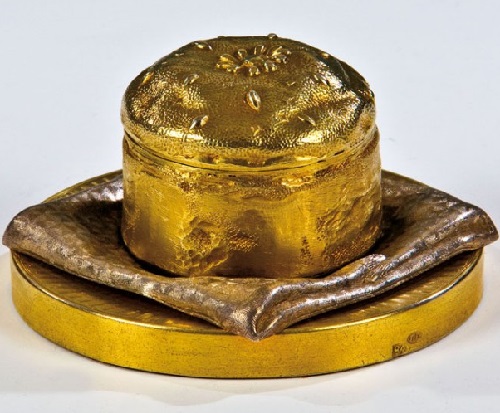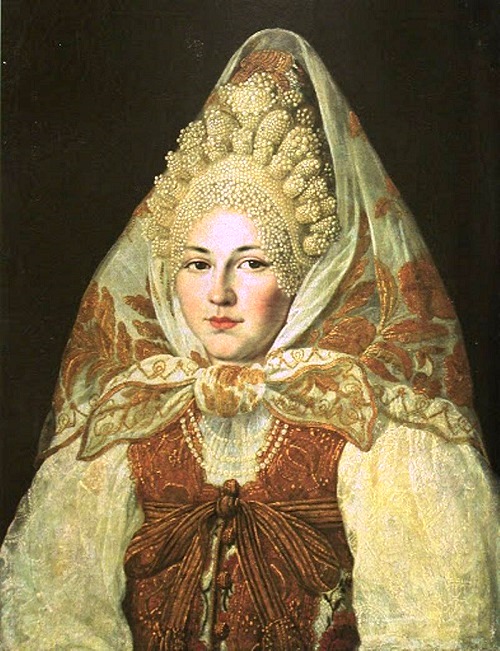Russian jeweler Vladimir Ufimtsev
Russian jeweler Vladimir Ufimtsev
Born in 1970 in Yekaterinburg, Vladimir Ufimtsev is a talented Russian jeweler. In 1989 he graduated from Yekaterinburg art school. He mastered the crafting in the jewelry studio of Vladislav Khramtsov. Since 1991 Vladimir has been a permanent participant of city, regional, zonal, national and international exhibitions, among which jewellery exhibition in Basel (Switzerland), San Francisco (the USA), Emirates. In 1992, he became a member of the Union of Artists of Russia. From 1993 to 1998 he worked at the Sverdlovsk jewelry factory. In 1998 he was awarded the gold medal of the Pushkin Fund and the first prize at the International Exhibition in St. Petersburg. The works of Russian jeweler Vladimir Ufimtsev are in private collections in Russia and abroad.
More »






